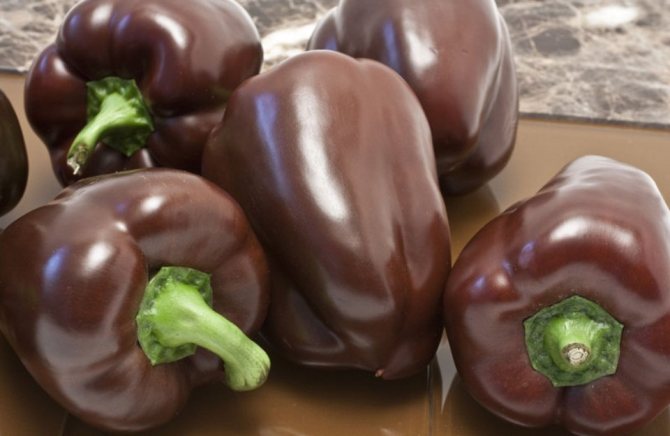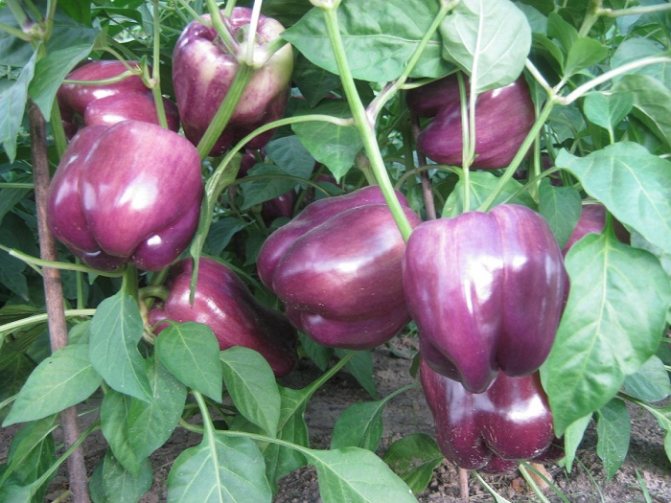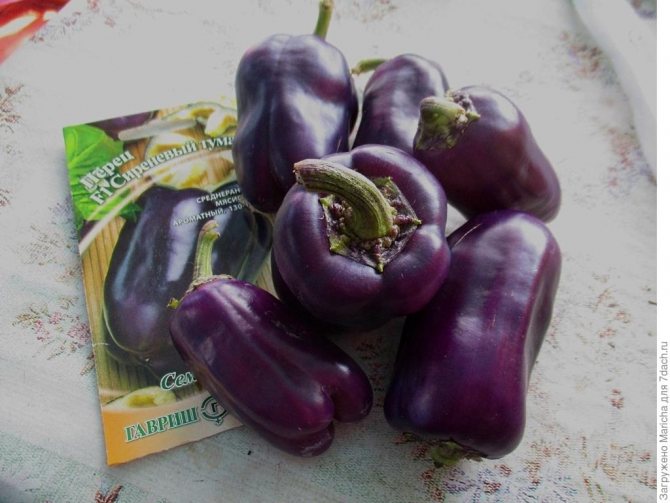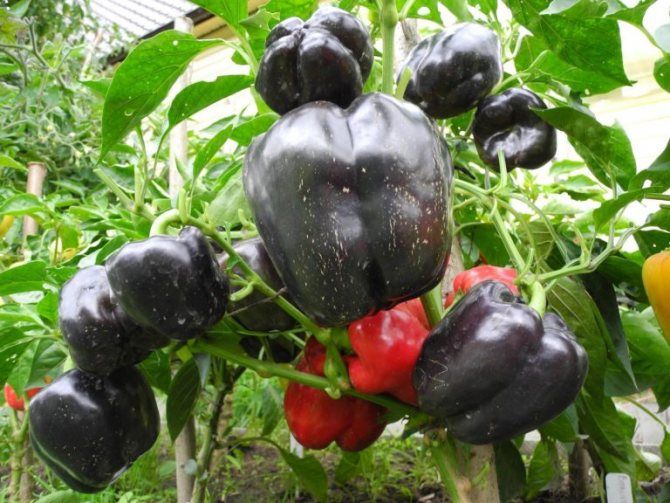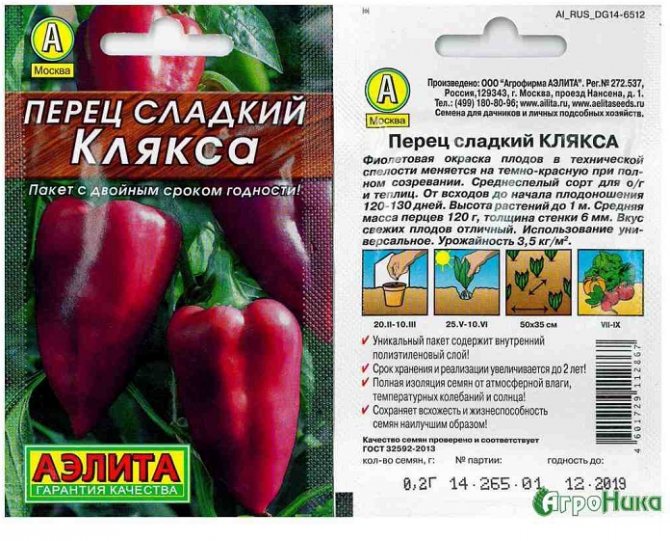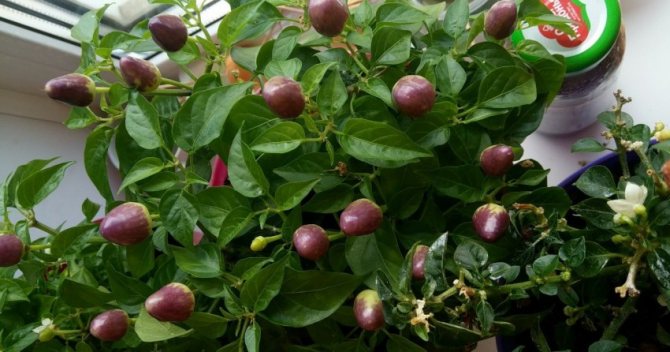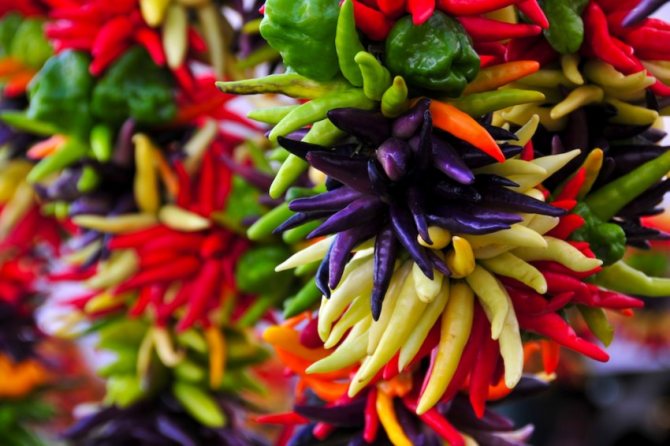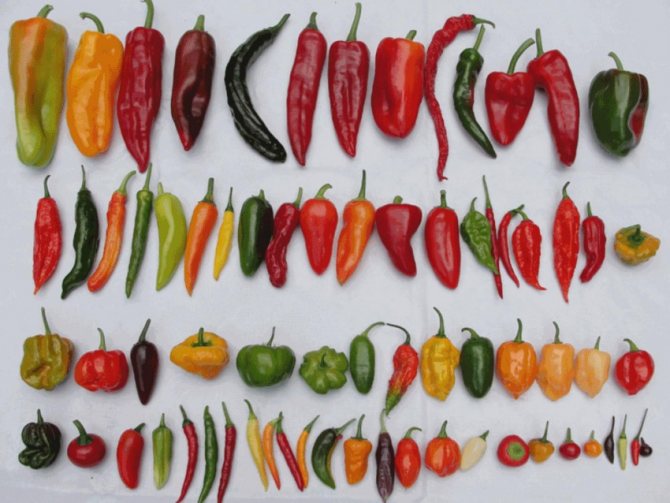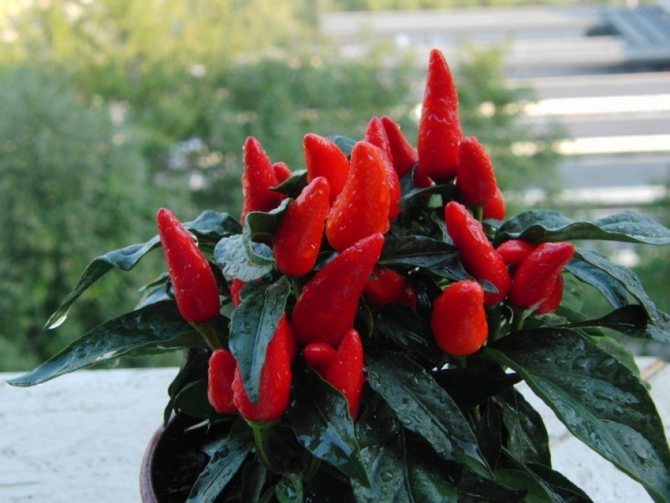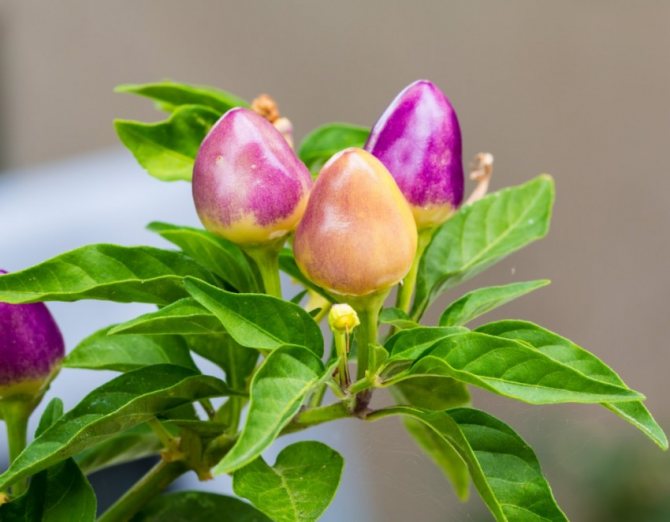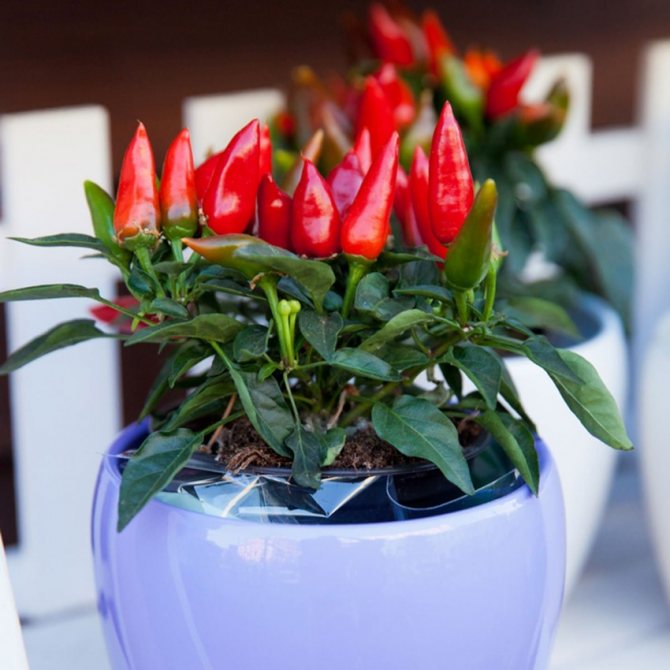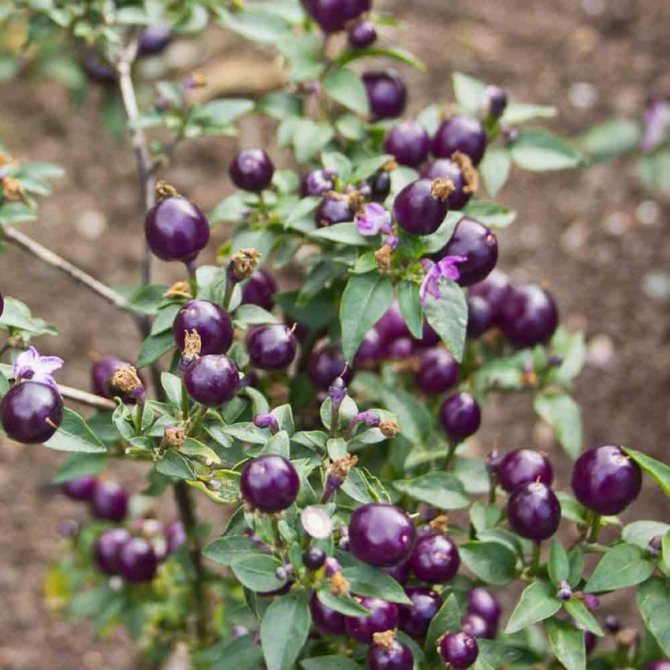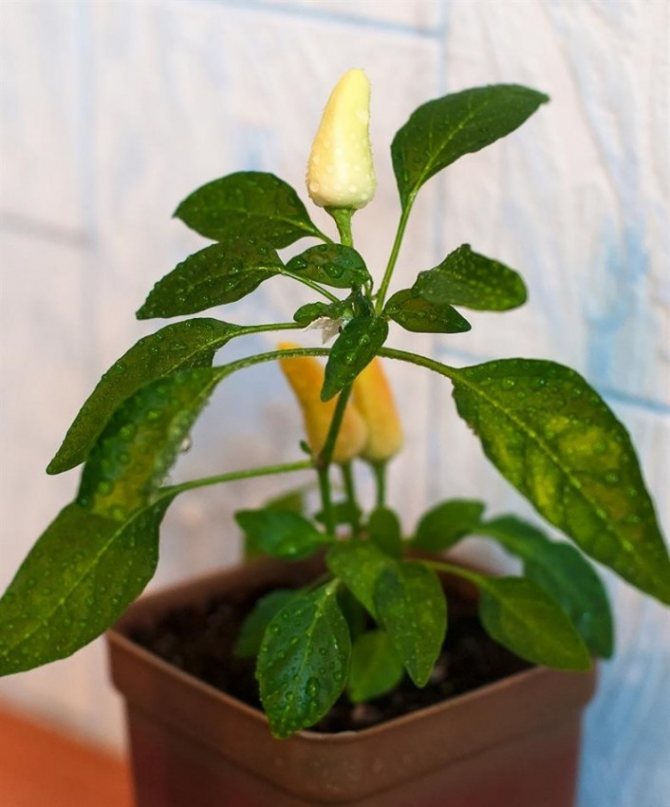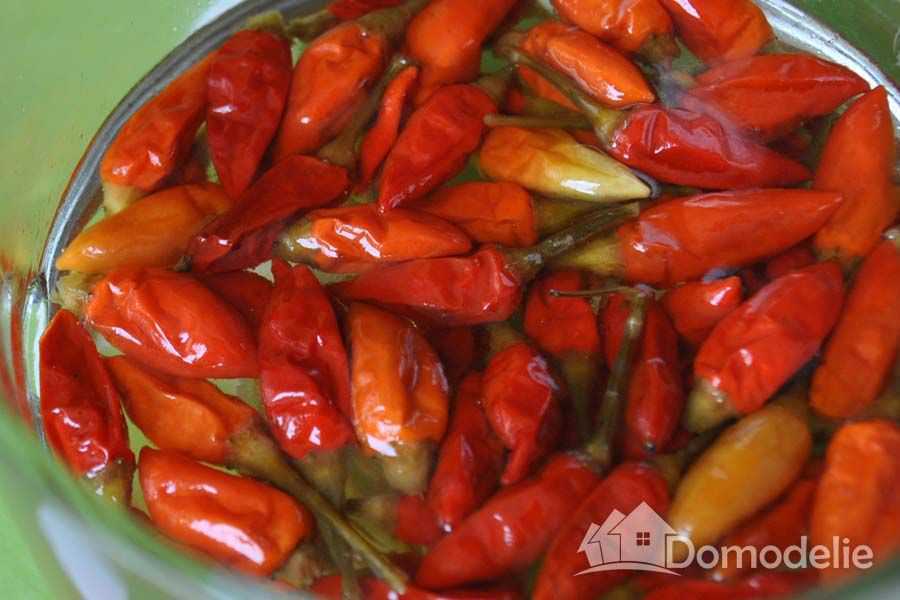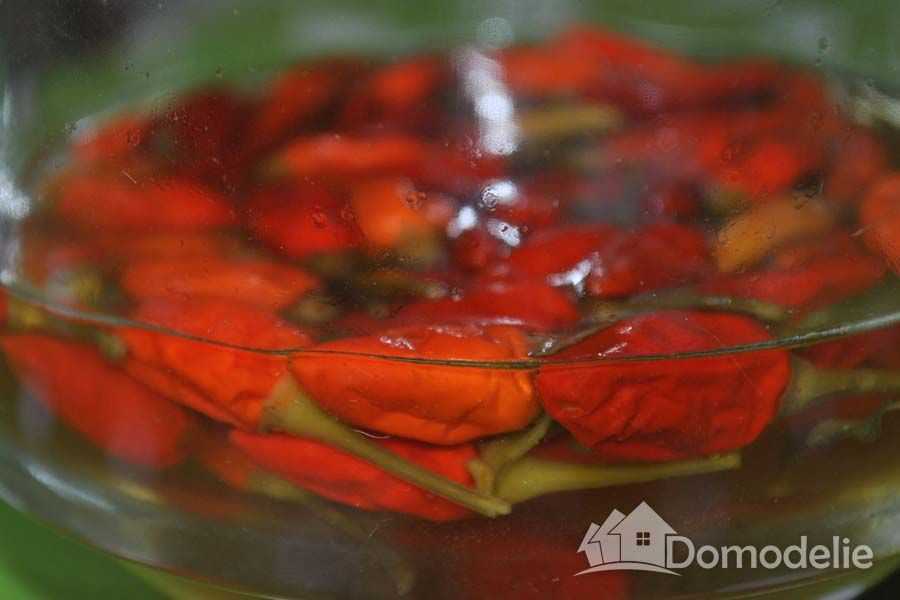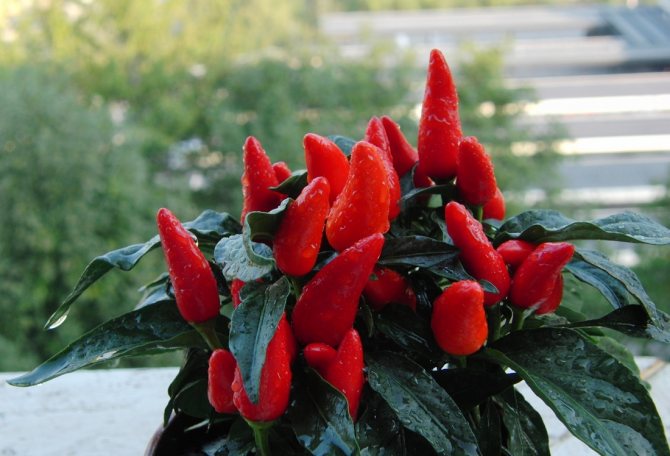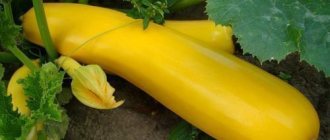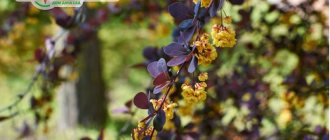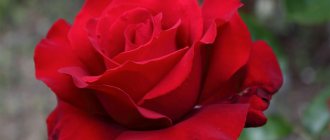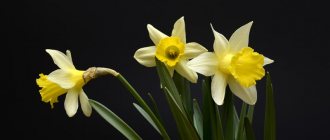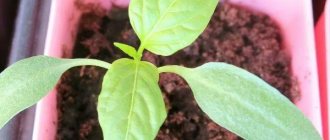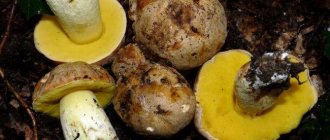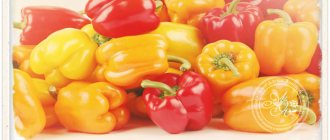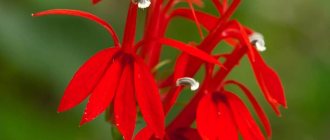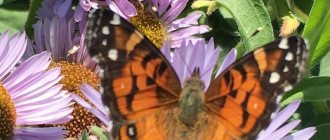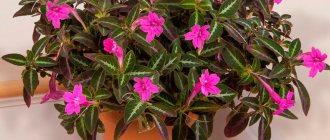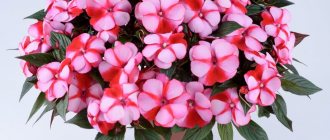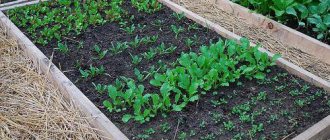The benefits of black peppers
Black-fruited sweet peppers, especially those with a purple color (to a lesser extent reddish and brownish purple), are a valuable source of anthocyanins. The body does not produce this enzyme on its own, and its health benefits are significant:
- stimulation of the synthesis of red blood cells;
- improving the supply of organs and tissues with oxygen;
- strengthening the walls of blood vessels;
- antioxidant effect (fighting free radicals, strengthening cell membranes);
- positive effects on immunity;
- strengthening of eye capillaries, reduction of intraocular pressure.
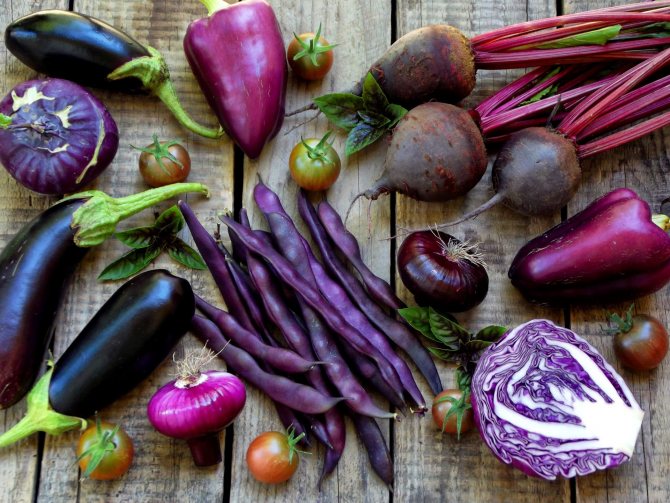
Any purple fruits, vegetables and berries are a valuable source of anthocyanins
Yellow pepper - a sunny gift of nature
What are the benefits of a golden vegetable? The fruits of the sunny color contain a large amount of potassium, which has a beneficial effect on the cardiovascular and nervous system, and also supports the work of the musculoskeletal system. Yellow color also informs a person that yellow pepper contains a lot of carotene, which is responsible for eye health and good vision. The increased iron content prevents the development of anemia. Iodine is essential for the health of the thyroid gland, the "correct" functioning of the nervous system, and strengthening of the immune system. In addition, this trace element prevents the development of atherosclerosis. Without vitamins A, B, C, E, PP, found in yellow pepper, it is generally difficult to imagine the normal functioning of the body.
Storage and use of fruits
It is recommended to harvest bell peppers as they ripen, 4–5 times per season. It must be cut off together with the stalk. If frosts are predicted, all the fruits are harvested - they ripen well at room temperature.
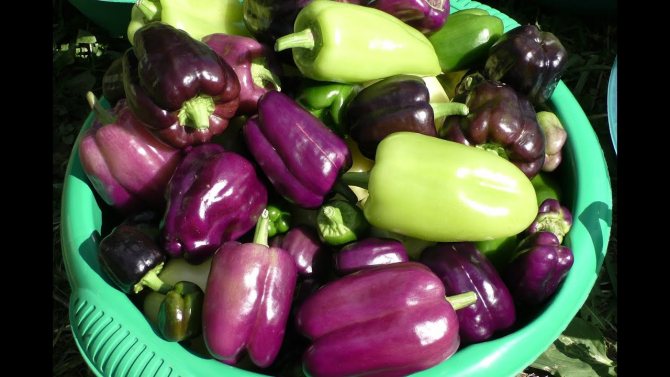

The harvest of black bell pepper must be harvested several times as the fruits ripen - this stimulates the appearance of new ovaries
The shelf life of most varieties in optimal conditions (humidity - 80–90%, temperature - 8–10 ° С, good ventilation, lack of light) is 4–6 weeks. They will stay in the apartment for about a week. The longest shelf life of frozen peppers is up to six months. They can also be dried and dried.
As for the use of black pepper, here you are limited only by your own preferences. Possible options:
- use fresh;
- add to the first and second courses;
- use as raw materials for homemade products.
The only "but" - peppers with brown skin after heat treatment do not look very aesthetically pleasing. Cherries and purples tend to retain their vibrancy and look very fancy.
Multicolored decorative peppers
Although hot peppers are associated mainly with the bright red color in the photo, there are quite a few decorative varieties with fruits of other colors. If you want to plant a plant with edible peppers of original shades at home, you should pay attention to the varieties listed below.
Jamaica
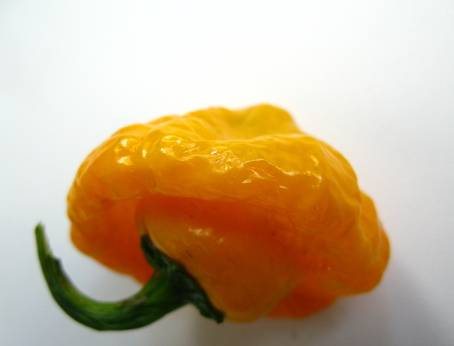

This variety can be grown on a windowsill in a regular flower pot. It has an original diamond-shaped yellow fruit.One of the edible hot peppers, while the pungency falls mainly on the white core, and the walls can be simply sweetish.
The Queen of Spades
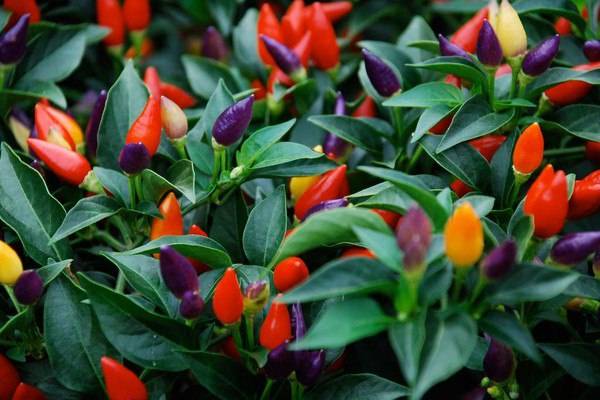

An evergreen plant with a compact bush. Shades well. The height of the bush is about 25 cm, the shape is round. It bears purple fruit. The peppers are tasty, spicy and aromatic, ideal as a seasoning, also used for canning.
Preparing pepper for transplanting into the ground and planting procedure
Any black pepper categorically does not tolerate even a slight partial shade. The intensity of the color of the fruit directly depends on whether there will be enough sunlight for the plants. In the shade, they turn out to be ugly, pale, with greenish "bald spots". Not only the appearance suffers, but also the taste and aroma.
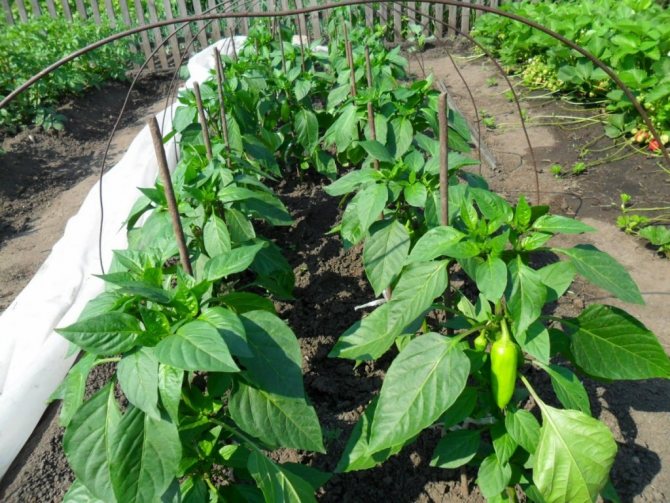

Sufficient illumination is the main criterion that must be followed when choosing a place for planting bell peppers
Therefore, the place for the garden must be chosen open. At the same time, it must be protected from the wind. This task can be handled, for example, by a "curtain" of tall plants, a fence, a wattle, located at some distance.
Another taboo is groundwater, which is 1 m or closer to the soil surface. You will either have to fill in a bed with a height of at least 0.5 m, or look for another site.
In the same place, peppers are grown at intervals of 3-4 years. The best predecessors for it are legumes and pumpkin seeds, any types of cabbage, herbs, onions or garlic. Do not plant it after "relatives" from the nightshade family.
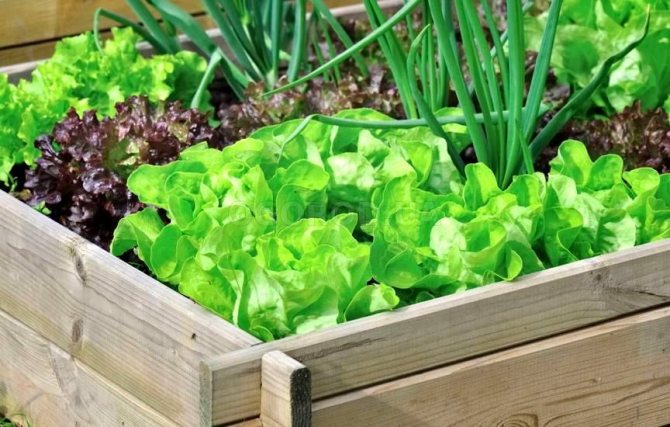

Any spicy greens are a suitable precursor for bell peppers
Pepper is prone to over-pollination, as a result the varietal characteristics are "washed out". When cultivating different varieties, try to separate them with beds with tall crops. And plant the bell peppers and hot peppers as far as possible. Otherwise, all the fruits will acquire a characteristic pungency.
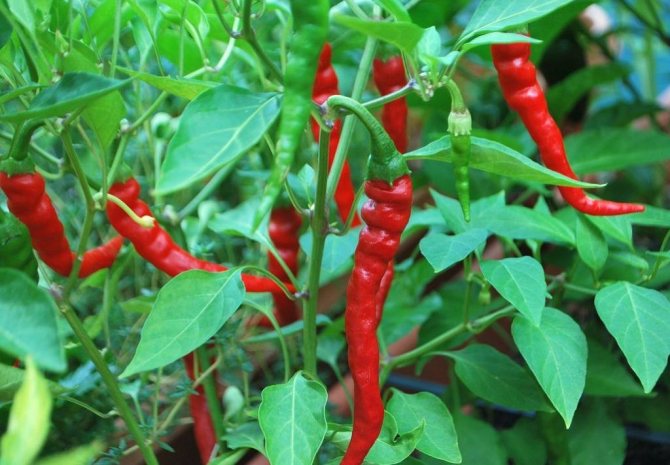

Planting bell peppers and hot peppers, it is desirable, if possible, to place in different ends of the garden
The most suitable soil for cultivation is fertile, but rather light. However, most of the shortcomings of the substrate can be leveled by competent preparation. It begins in the fall and is as follows:
- The garden bed is cleaned of plant debris, well dug up.
- Be sure to apply humus (5–7 l / m²), nitrogen (15–20 g / m²), phosphorus and potassium (40–50 g / m²) fertilizers. In heavy soil, additionally add sand or rotted sawdust (10 l / m²), in light - the same volume of powdered clay, peat. They get rid of high acidity by adding dolomite flour, wood ash, eggshell powder (300-500 g / m²).
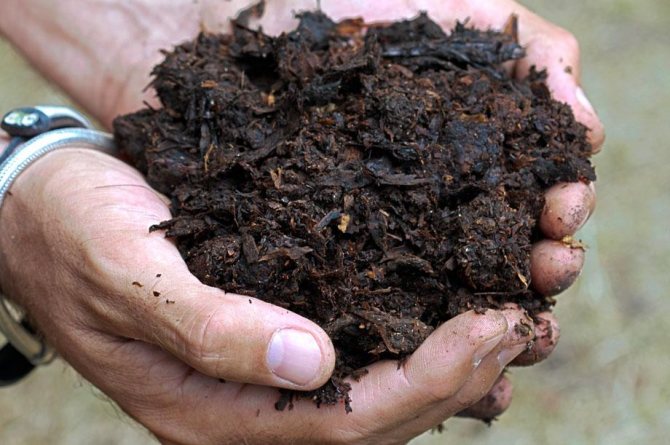

Humus is a natural remedy for increasing soil fertility
- For the winter, the finished bed is covered with a film, 2 weeks before transplanting the seedlings, they are well loosened.
The soil in the greenhouse must be completely changed every 4–5 years, in other years the top layer (7–8 cm) must be removed. In the fall, the substrate and the room itself are disinfected.
Planting sweet peppers in open ground is carried out in the second half of May or early June, and in greenhouse - 1.5–2 weeks earlier. Specific dates are determined by the climate of the region. For planting, choose a cool, cloudy day. It is carried out early in the morning or in the evening, when the sun is already setting. The standard pattern is 40–45 cm between bushes and 50–65 cm between rows. But it can be adjusted depending on the size of the plants. The main thing is not to let adult peppers shade each other, to provide them with enough light.
Procedure:
- The holes are made in advance, an hour before planting, they are spilled with water. Seedlings are also watered for 2-3 hours.
- The specimens in peat pots are transferred into the soil together with the container to the same depth. You can neither bare the roots, nor deepen the root collar.
- The hole is covered, the soil is carefully compacted.
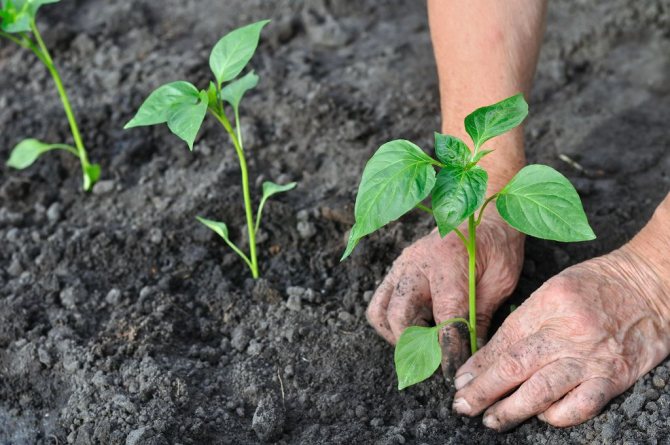

Planting pepper seedlings is a simple procedure, even a novice gardener can handle it
- The plants are watered again, spending 1.5–2 liters of water per bush.
- When the water is absorbed, the substrate is mulched.
Making it easier for the peppers to adapt to the changed habitat, arcs are installed over the bed, tightening it with a covering material. It will protect plants from a possible cold snap and from direct sunlight. The hiding place is removed when the peppers begin to form new leaves.
Video: transplanting sweet pepper seedlings into the ground
Inedible decorative varieties
In fact, not every decorative pepper can be eaten. There are a number of varieties whose fruits are inedible, but they are pleasing to the eye and create a cozy atmosphere in the room.
Clown
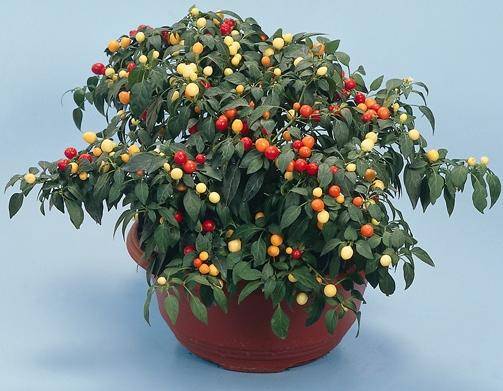

The plant forms a small bush up to 35 cm high. It bears fruits of a round or slightly elongated shape, their color can be yellow, orange or red. Peppers remain on the bush for 2-3 months. The most abundant fruiting is observed in the bright sun.
Goldfinger
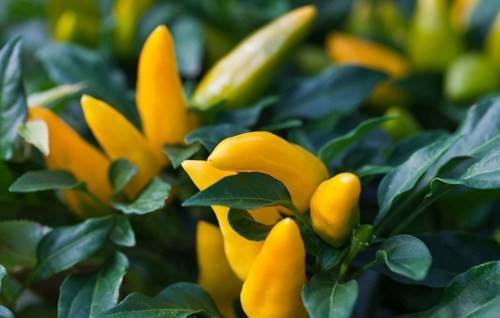

A variety with inedible, but very beautiful fruits. They grow in the form of yellow pods about 5 cm long. The bush itself is small, 25 cm high. The plant is light-loving, bears fruit abundantly on the windowsill on the sunny side. You can sow the seeds of this ornamental pepper in any fertile soil.
Growing tips
Pepper cannot be called extremely capricious in care, but competent agricultural technology means an increase in yield.
The culture is extremely hygrophilous. In extreme heat, peppers are watered daily or even twice a day, and they are also sprayed in the evenings. The usual interval is 2-3 days. Unlike young seedlings, adult bushes love sprinkling. The norm is about 1.5–2 liters per bush before flowering and twice as much after the formation of ovaries. Watering is carried out early in the morning. Each time after them, the soil is carefully loosened.
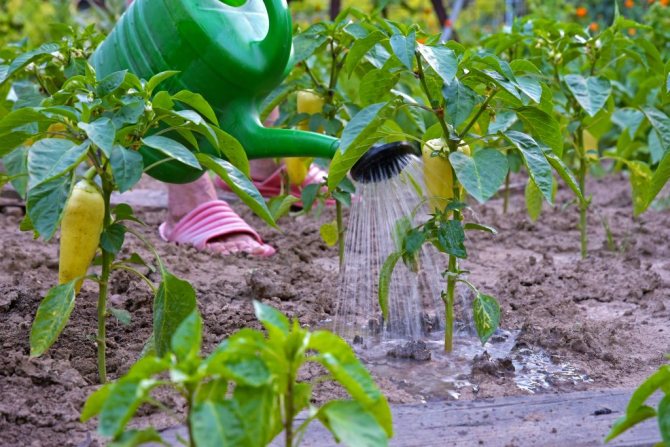

Regular watering is the most important agrotechnical measure for bell peppers
For those gardeners who do not have the opportunity to permanently live on the site, it is recommended to mulch the soil. Peat, humus, freshly cut grass will not only retain moisture in the soil, but also prevent the growth of weeds.
The first feeding is carried out 10–12 days after the seedlings adapt to the new place and start growing. Now nitrogen is important for plants, it allows you to speed up the process of growing green mass. Both mineral fertilizers (urea, ammonium sulfate) and natural fertilizers (infusions of manure, dung, nettle leaves) are suitable.
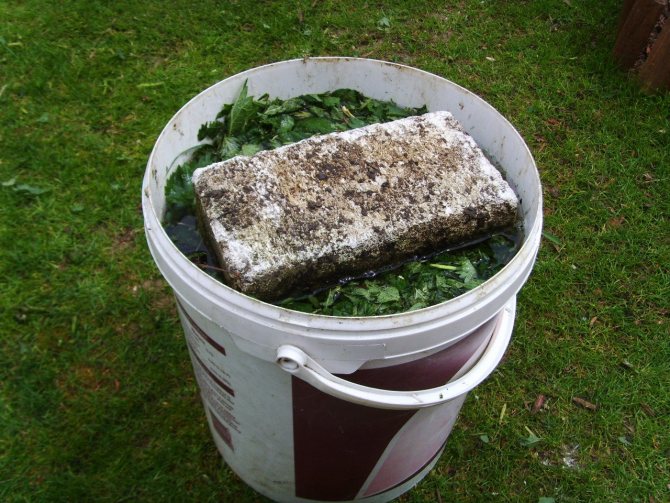

Nettle infusion is a fertilizer that allows you to use the weeded out weeds
Further feeding is applied every 2.5–3 weeks. Formed ovaries, nitrogen is no longer needed; phosphorus and potassium are needed for fruit ripening. It can be complex products for nightshades, and superphosphate, potassium sulfate diluted in water. Specify the absence of chlorine in the composition, the culture does not tolerate it at all. A natural source of potassium and phosphorus is wood ash infusion.
Pay attention to the appearance of the plants:
- with an excess of nitrogen, the flowers and ovaries fall off en masse, the leaves darken, and with a lack of nitrogen, the glossy shine is lost, they acquire a grayish undertone, gradually become smaller;
- with a deficiency of potassium, the leaves curl into a tube, the edges dry out;
- lack of phosphorus is manifested by raising the leaves, they seem to be pressed against the stem, the wrong side becomes purple;
- if there is little magnesium, the leaves are covered with marble stains.
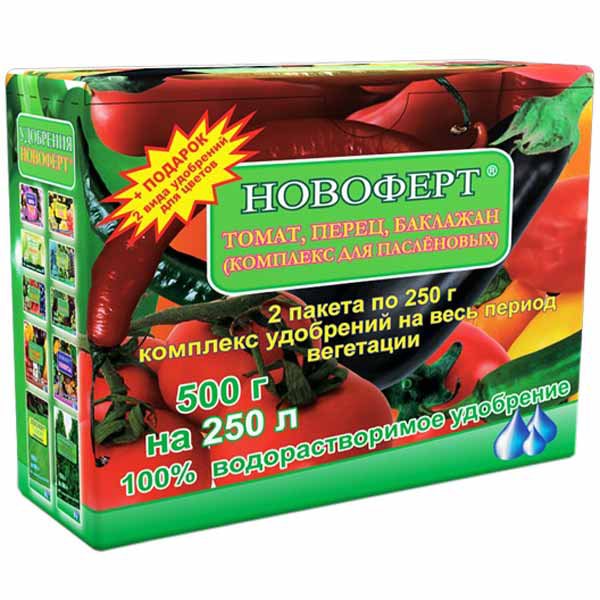

Shop fertilizers for nightshades can be mineral and organomineral, they are used for root and foliar dressing
Most black pepper varieties do not need special shaping.It is only recommended to regularly clean the trunk from any overgrowth before the first fork and cut too long shoots every 2-3 weeks, as well as those that grow deep into the crown or clearly shade the fruits. In no case should the top be touched - this interferes with the normal development of the plant. Lateral shoots, when 3-4 pieces are formed, can be pinched for greater "bushiness".
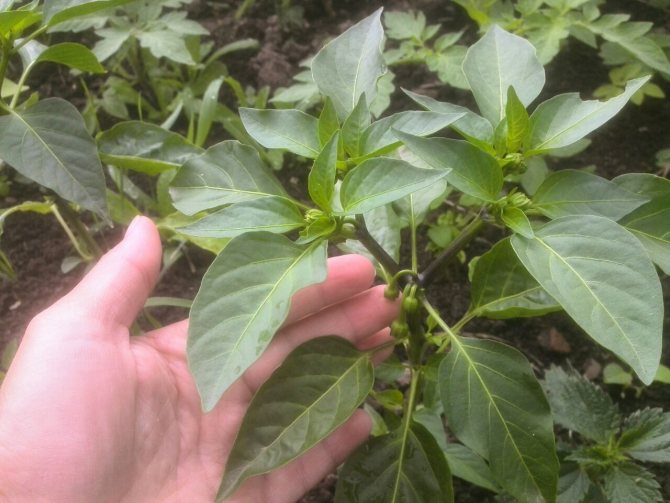

Do not pinch the top of the pepper bush - this interferes with the normal development of the plant.
As for pinching, it is necessary in high humidity and frequent rains. Pathogens of many diseases are carried with water; with a thick green mass, the risk of infection increases. If the weather is hot, but dry, it is better not to touch the stepsons. The foliage creates shade, preventing the soil from losing moisture too quickly.
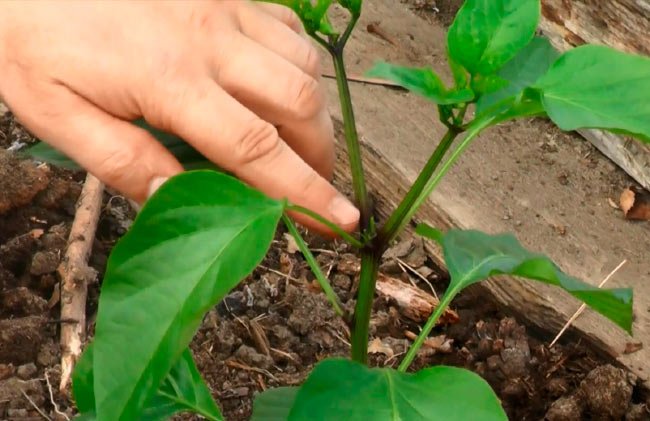

On tomato bushes, stepchildren must be removed without any "if", but they can be useful for bell peppers
Experienced gardeners recommend removing the flower that forms above the first fork. Practice shows that this has a positive effect on future yields.
Bushes above 0.7 m need to be tied up. Otherwise, under the weight of the harvest, they can simply "turn" out of the ground. The support is installed next to the hole before planting. If you stick it into the soil later, you can damage the roots.
Video: tips for caring for bell peppers in the garden
Possible care errors
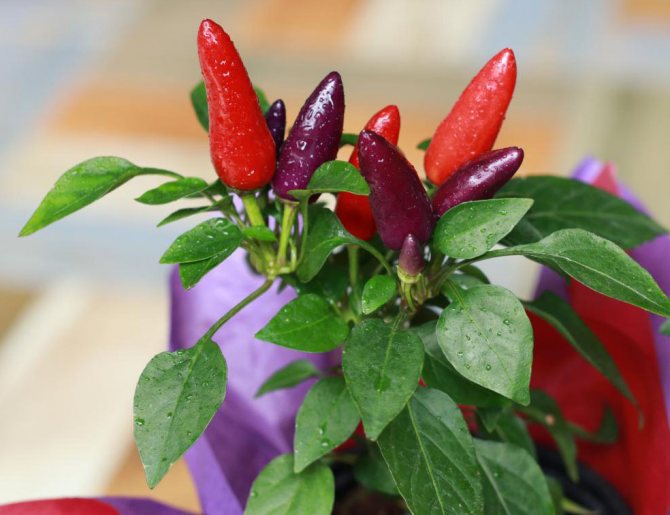

It may be interesting The best varieties of hot peppers: descriptions with photos, characteristics Why pepper has purple leaves: what to do and how to treat Pepper "Buratino F1": unpretentious with a high content of vitamins
Failure to comply with the rules of care leads to disruptions in the development of plants and fruits. Knowing the mistakes you can make will help you avoid problems.
Errors and problems:
- cold water causes rot on the roots;
- excess moisture leads to decay of roots, shedding of leaves;
- pinching the roots during transplantation weakens the plant and, as a result, few flowers are formed, decorativeness is lost;
- low humidity contributes to the defeat of spider mites;
- discharge of leaves, flowers, fruits occurs with a lack of light.
Ripening terms
If we talk about the southern regions, then in the open space this culture rarely ripens, therefore it is mainly grown in greenhouses. It has a herbaceous stem, which sometimes stiffens at the base. If this happens, then this means that during the branching on the shrubs during cultivation there is a chance to see single flowers. The ripening time for peppers is somewhat different from similar vegetables, since this species has a rather long growing season.
The best varieties, in the opinion of breeders and experienced gardeners, are precisely the early maturing varieties, which are sown specifically through seedlings in the South and in the middle latitudes. Moreover, they do this first in specially prepared boxes, where there is already land with a substrate (approximately the beginning of the month of February).
Testimonials
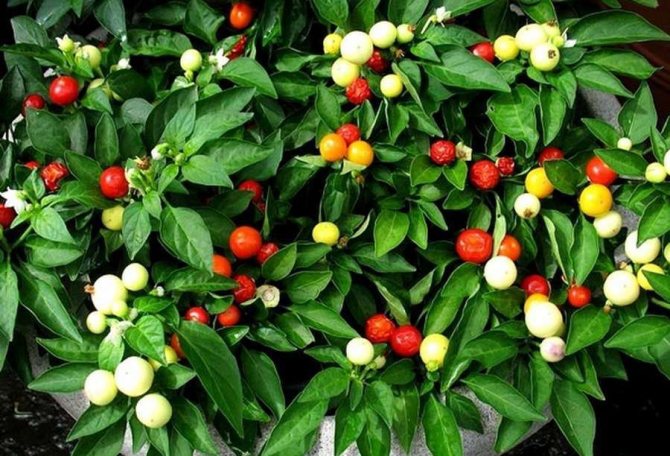

Galina Sergeevna, Pskov
I have been growing Aladdin pepper for three years. I can say that loose peat soil is better for him than anyone else. In one pot, with a volume of 2 liters, I plant several seedlings at once, so that the bush turns out to be voluminous and beautiful. For the growth of lateral shoots, I constantly cut off the tops. Before the start of fruiting, I spray it with an insecticide every 30 days so that pests do not attack. I harvest the seeds from a ripe pod, dry them well (not in the sun) and store them wrapped in paper. One of my first mistakes - deeply buried the seeds, and weakened seedlings appeared late, the seedlings were weak. I dry the peppercorns, grind them into powder. After working with them, hands should be thoroughly washed, because the pepper is very hot.
Anna Stepanovna, Norilsk
For the first time she planted Indian summer pepper from purchased seeds.The germination rate was poor, because out of five seeds, only two emerged. Of these, I grew two seedlings, one died from overflow (the child flooded). I decided to decorate the loggia with pepper, so I prepared the seeds myself - I took a very ripe pod, stood it for several days and took out the seeds. Dried in the shade on the closet Germination was excellent - she planted five seeds, four sprouted. Before planting, soaked for 20 minutes in potassium permanganate, then germinated on cotton wool in a bag. Seeds were enough for both family and friends. There are a lot of peppers on the bush - enough from harvest to harvest. Now I want to dilute the red peppers with yellow ones - I'll plant Goldfinger.
Unusual indoor pepper bushes, simultaneously strewn with flowers and multi-colored fruits, complete with a beautiful pot, give the room an original look, adding an element of exoticism. You can create a composition of several varieties and decorate the loggia, kitchen, terrace - growing peppers at home is simple, care is not difficult. An ornamental plant is not only beautiful, but also useful - sharp pods will make the dish aromatic, add a specific taste.

